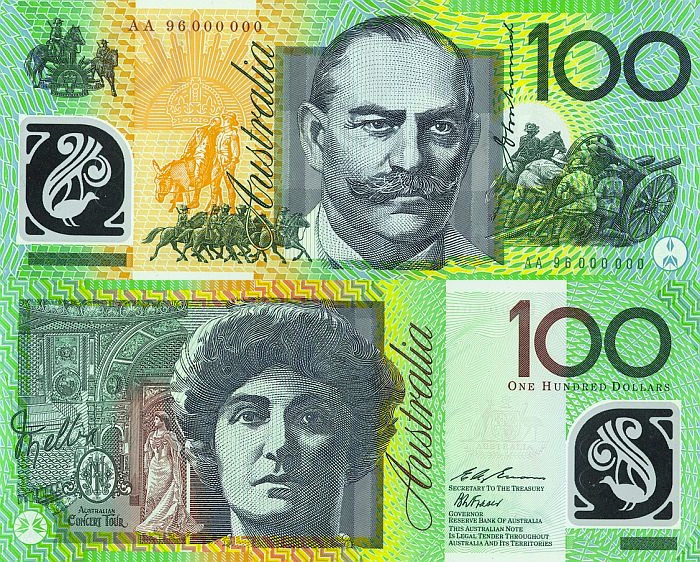Australia's Polymer Specimen Banknotes - Are They Actually Specimens or Are They Proofs?

When doing some research into a few polymer decimal specimen banknotes, I came across an article online that’s thrown me for a bit of a six in relation to how we categorize Australia’s polymer specimen banknotes.
The information is on a website self-described as being “the world’s leading reference for polymer (and hybrid) bank notes.” The gentleman behind the website, Mr Stane Straus, is “one of the world’s leading authorities on polymer bank note collecting; he also owns one of the world’s finest polymer bank note collections…” and is co-author of “World Polymer Banknotes”, the standard reference on polymer bank notes.
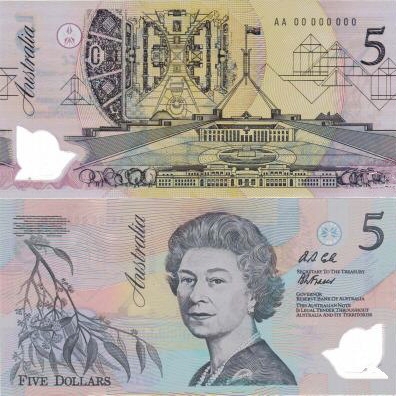
The information I found to be surprising on this website is the way in which Mr Straus describes two types of unissued notes - proofs and specimens. The following definitions have been compiled using the information provided on that site:
PROOF BANKNOTES
Purpose
-
Printed to establish the quality, design and other properties of the printing.
-
Usually made to aid the printer and the issuing authority with the selection of design, colour, etc.
Appearance
-
May be unfinished in design and may be missing certain characteristics (serial number, colour, printing phase).
-
Cancellation holes may be present.
-
Can sometimes bear a “specimen” overprint.
-
Fully finished notes with zero serial numbers, which are sometimes referred to as “presentation specimens”, are included in this category, as well as trial and essay notes.
SPECIMEN BANKNOTES
Purpose
- Printed to familiarize various parties (foreign central banks, commercial banks, law enforcement agencies) with the newly issued currency.
Appearance
-
A fully finished note, with all the characteristics of a regular circulating note and it always bears a “specimen” overprint (in English or in local language).
-
Usually comes with zero serial numbers, the consecutive specimen number is often added.
-
Cancellation holes may be present.
Collectors of pre-federation banknotes will be quite familiar with printer’s proofs - they can be incomplete, partial or on different paper stock to an issued or even a specimen note, and are created and used quite early in the printing process.
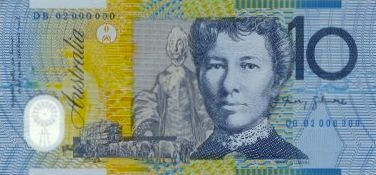 I have to say though that I haven’t encountered a printer’s proof of a polymer specimen note, yet Mr Straus states that there are nine different proofs of Australian polymer notes known, and just seven types of specimen notes. This distinction and relative rarity is markedly different to the way in which Australian dealers, collectors and researchers have described unissued and presented polymer notes to date - all of them are simply described as being specimens.
I have to say though that I haven’t encountered a printer’s proof of a polymer specimen note, yet Mr Straus states that there are nine different proofs of Australian polymer notes known, and just seven types of specimen notes. This distinction and relative rarity is markedly different to the way in which Australian dealers, collectors and researchers have described unissued and presented polymer notes to date - all of them are simply described as being specimens.
To me, this begged the question - are all of Australia’s polymer specimen banknotes actually specimens, or are at least some of them in fact proofs? If this distinction means that certain notes are rarer and more historically important than others, then it is certainly worth pursuing to see if it is correct.
After reading Mr Straus’ descriptions of both proof and specimen notes, I thought that perhaps some unissued Australian specimen notes may be candidates to be re-classified as proofs.
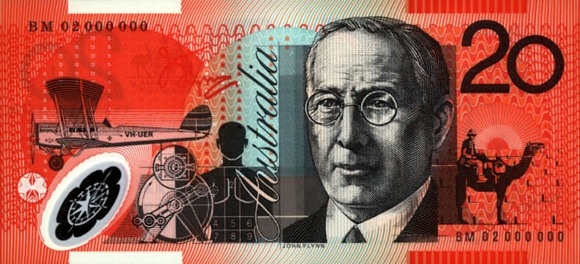
Study of the characteristics Mr Straus uses to describe each of the different types of unissues polymer notes shows that proofs and specimens can sometimes share a number of characteristics regarding their appearance.
While this similarity may be a little confusing, the images Mr Straus displays on his website of proof Australian banknotes that he has sighted shows that the known proofs of Australian banknotes to date have the following characteristics:
-
They are fully finished;
-
They have zero serial numbers;
-
They do not have the “specimen” overprint.
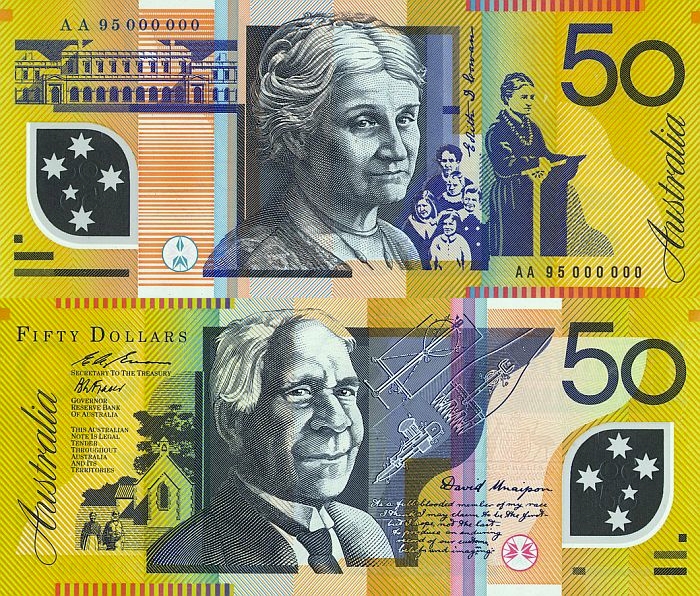
While no proof polymer notes have yet surfaced on the Australian collector market, either via auction or private treaty, that is not to say that one or more may yet do so.
As the images of each and every Australian proof polymer banknote on Mr Straus’ website show that they only differ from specimen banknotes with the omission of the “specimen” overprint, it seems that there may not be a re-classification of Australian polymer specimen banknotes any time soon.\
Whether any of the Australian polymer specimen banknotes seen on the market to date should in fact be regarded as proofs as they conform with the Straus definition of a proof (fully finished, with zero serial numbers and without the “specimen” overprint), remains to be seen.
